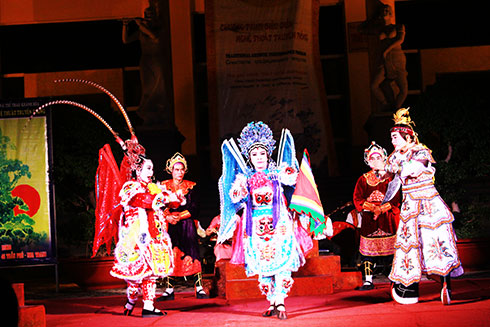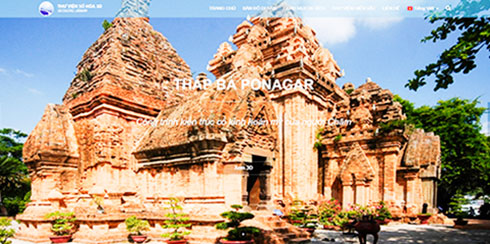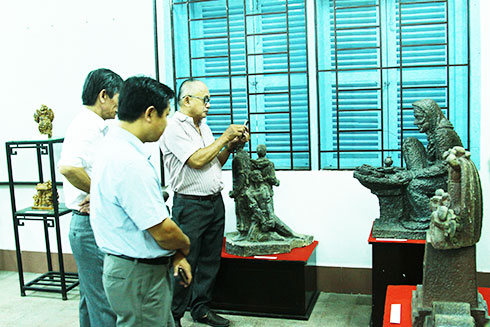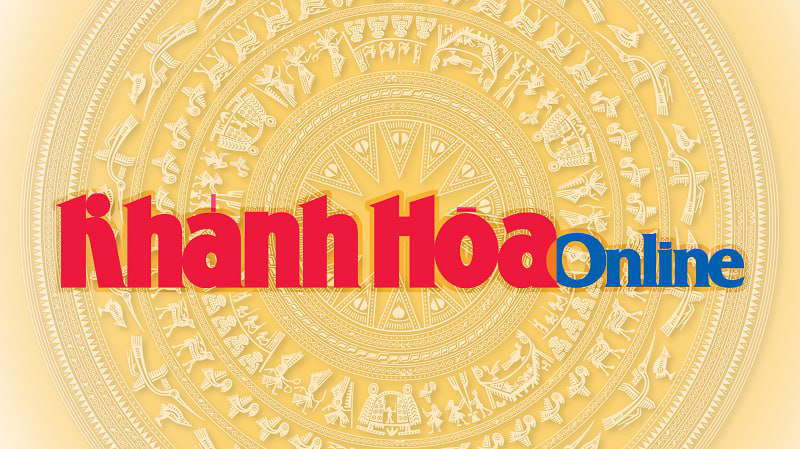
Khanh Hoa Provincial People's Committee recently announced the plan to preserve the cultural heritages and traditional arts as well as promote their values in tourism in 2018. The scheme aims to boost the relationship between cultural heritage and tourism.
Khanh Hoa Provincial People’s Committee recently announced the plan to preserve the cultural heritages and traditional arts as well as promote their values in tourism in 2018. The scheme aims to boost the relationship between cultural heritage and tourism.
Khanh Hoa now has 16 nation-level and 174 province-level monuments; two national intangible cultural heritages – Whale Worshipping Rite and tomb-leaving rite of the Raglai. Recently, the art of Bài Chòi in Central Viet Nam (practiced in Khanh Hoa and eight other localities cross Vietnam) was officially inscribed on the Representative List of the Intangible Cultural Heritage of Humanity. Every year, the cultural sector of Khanh Hoa always propagandizes for the province’s cultural heritages by holding regular art programs in some places over the province, especially in Nha Trang. These art programs aim to preserve the cultural heritages and also serve the tourism industry.
The monuments and heritages are extremely attractive tourism products of Khanh Hoa. However, most of the tourist agencies have incorporated in their tour programs just some monuments and tourist attractions like Ponagar Temple, Hon Chong tourist site, and Nha Trang Bay. The others seem to not be exploited most affectively.

|
The newly announced plan is expected to create new and diversify tourism products; promote the values of the cultural heritages; and bring long-term benefits to the community, as said by Nguyen Dac Tai, Deputy Chairman of Khanh Hoa Provincial People’s Committee.
According to the plan, by the end of 2018, Khanh Hoa will renovate some facilities in Hon Chong tourist site and the road to the tomb of Dr. Alexandre Yersin; do researches and collect the jewelry of ancient people in Hoa Diem Hamlet (where Hoa Diem archaeological site is located) to display at the provincial Museum; publish the books and DVDs introducing Khanh Hoa’s history and people, Bài Chòi art form. Apart from the brochures and leaflets of Hon Chong tourist site and Ponagar Temple, the province will release the ones of other nation-level monuments and tourist attractions, such as Mui Doi (the easternmost point of Vietnam and first place on mainland in Vietnam receiving sun’s rays), ancient house in Ninh Hoa, Ba Vu’s Imperial Tomb, commemorative site of Dr. Alexandre Yersin, Nha Trang Bay, Dien Khanh Ancient Citadel, and Am Chua Monument.
“We will add more tourism activities, for example shadow performances every Wednesday and Thursday at the provincial Conference Center, Ba Trao shanty and Tuong singing on Monday and Friday at Salanganes Nest Park,” said Nguyen Khac Ha, Director of Khanh Hoa Provincial Department of Culture and Sports.
Besides, Nguyen Thi Le Thanh, Deputy Director of Khanh Hoa Provincial Department of Tourism reported that the department will associate with Nha Trang – Khanh Hoa Tourism Association and tourism businesses to introduce and promote the local monuments and tangible and intangible cultural heritages during tourism promotion events and tourism fairs in and outside the country.
Giang Đinh
Translated by H.N








